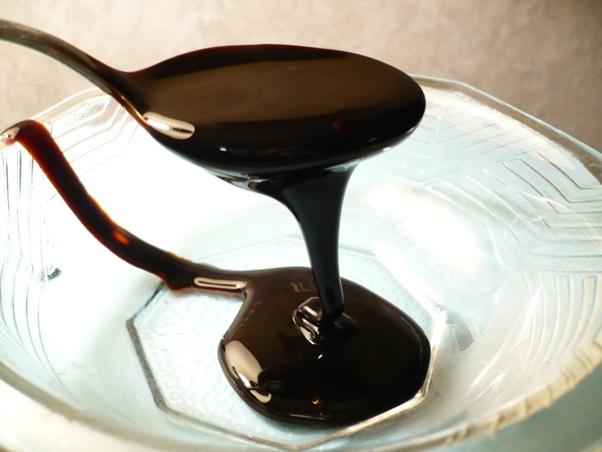Historical commentary. The Victorians introduced lots of rituals surrounding the way the pudding had to be stirred and people often stirred it in a circular movement from east to west, which was meant to represent the way the Magi travelled to visit the infant Jesus.
Each person in the family had to put in a charm for luck once the mixture had been stirred. The practice of adding charms was probably started during the mid17th century.
The most popular charm that has survived with the plum pudding is the silver coin, although other emblems such as rings, thimbles, horseshoes and anchors were once used. Whoever got the slice of pudding with the coin was said to receive good luck and wealth.
Black Cake
Black cake is a fruit cake that evolved from the British figgy pudding. During the reign of Queen Victoria, the cake and the figgy pudding became two separate entities in England, while in the Caribbean, the figgy pudding evolved into Black or rum cake.
The recipe was taken to different Caribbean islands and mainland Guyana by the plantocracy who taught it to enslaved women who were put to work as cook’s in the homes of their enslavers. This continued during colonial times.
Today, a traditional British Christmas fruit cake is often crumbly and dry and if alcohol is added, it is brandy. On the other hand, a traditional Black cake is velvety, soft and moist, and made with lashings of rum and fruit that has often been soaked months in advance.
Rum and molasses; ingredients of many Black cake recipes, were by-products of the slave industry. As a result of boiling cane juice to make into sugar, a thick viscous residue was left. The planters saw no fit use for this industrial waste, so gave it to enslaved people and animals as food. Later it was discovered that fermented molasses could be made into rum.
Flour was not readily available to enslaved people in the Caribbean therefore the first figgy puddings would have been made from foods that the slaves grew for their own consumption. Such foods as cassava and yams would have been made into flour and molasses added to these rudimentary recipes. Rum, another by-product of the slaving industry was readily available.
The Black cake over the years has become the main cake for all special occasions including weddings, Christmas and birthdays. Each culture, from Aruba to St Vincent, and mainland Guyana, all have different ways of making the Black cake and each person will boast that their version is the best.




